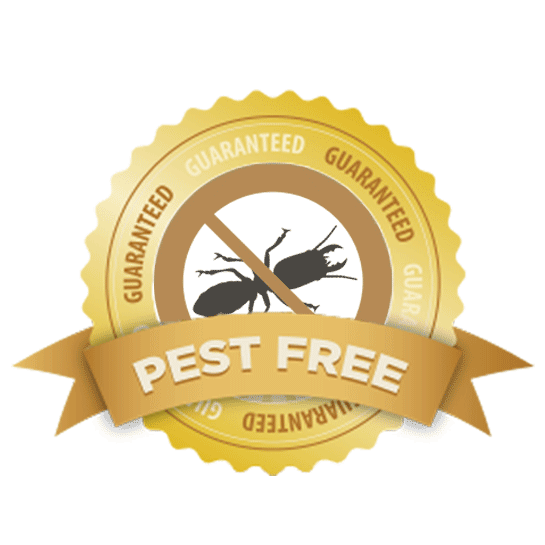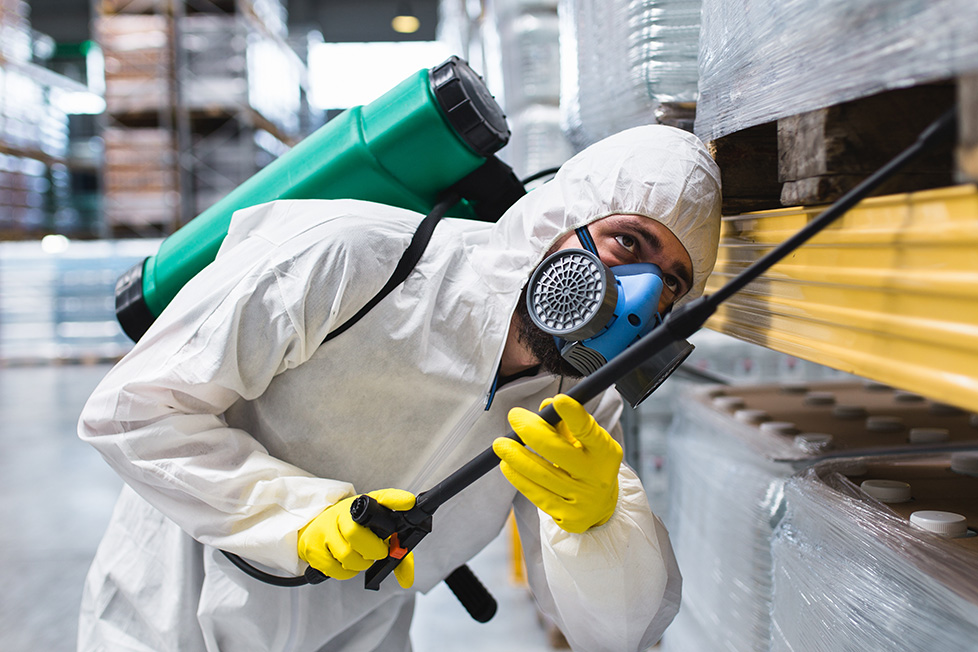Relied On A1 Exterminator Charlotte NC - Comprehensive Pest Solutions
Relied On A1 Exterminator Charlotte NC - Comprehensive Pest Solutions
Blog Article
Bed Bug Treatment Breakdown: Comparing Chemical Vs. Non-Chemical Solutions
In the world of pest control, particularly when taking care of the relentless problem of bed bugs, the choice between chemical and non-chemical treatment remedies can be a pivotal one. Both strategies use distinctive benefits and disadvantages, affecting aspects such as efficiency, safety factors to consider, and overall expense. By checking out the nuanced details of each method, a more clear understanding of which path to seek in dealing with a bed bug invasion can be obtained.
Effectiveness of Chemical Therapies
Chemical treatments for bed insect infestations have been extensively acknowledged for their potent and fast efficiency in eradicating these parasites. When taking into consideration the effectiveness of chemical treatments, it is essential to comprehend that they can offer a thorough and fast solution to a bed bug problem.
Furthermore, chemical treatments have the benefit of offering recurring effects, indicating that they can continue to remove bed bugs even after the preliminary application. This recurring activity is especially helpful in combating any type of prospective re-infestations. Additionally, the rapid action of chemical therapies can bring relief to individuals encountering extreme bed insect infestations, allowing them to regain control of their home promptly.
Safety Worry About Chemical Solutions
One critical aspect that needs careful factor to consider when making use of chemical services for bed insect therapy is making sure the safety of owners and the environment. While chemical therapies can be efficient in eliminating bed insects, they might present dangers if not handled correctly. One of the key security concerns with chemical solutions is the possible injury they can create to human wellness. Exposure to specific chemicals utilized in bed bug treatments can result in respiratory concerns, skin irritation, or other negative reactions, specifically in individuals with pre-existing problems or sensitivities. Furthermore, incorrect application or dose of chemical pesticides can cause toxic residues sticking around in the cured area, presenting long-lasting health and wellness risks to occupants.
Additionally, the ecological effect of chemical options is another considerable factor to consider. Some chemicals used in bed insect therapies may be harmful to useful insects, wildlife, and ecosystems if they leach right into the soil or water systems. It is vital to make use of chemical therapies deliberately, following safety standards, and thinking about less toxic choices to alleviate these dangers and guarantee the effective and risk-free monitoring of bed insect invasions.
Benefits of Non-Chemical Techniques
Taking into consideration the prospective safety and security worries and ecological impact connected with chemical options for bed pest therapy, discovering non-chemical approaches provides an appealing option with numerous distinct advantages. Non-chemical methods use a more secure choice for homes, specifically those with family pets, kids, or individuals delicate to severe chemicals. These strategies get rid of the dangers of direct exposure to poisonous substances, decreasing the potential for damaging health results. Moreover, non-chemical therapies are environmentally friendly, as they do not add to air or water contamination, making them a lasting selection for pest control.
Furthermore, non-chemical options can be effective in targeting bed bugs, including hard-to-reach locations where chemical treatments might not permeate - A1 charlotte pest control companies. Techniques such as heat treatment, vacuuming, heavy steam cleaning, and cushion coverings provide extensive obliteration visit our website without the usage of unsafe chemicals.
Limitations of Non-Chemical Treatments

Additionally, non-chemical therapies commonly need numerous applications to attain effective obliteration. This can be time-consuming and may not always assure total elimination of all bed pests and their eggs, particularly in hard-to-reach or covert places.
Furthermore, the success of non-chemical treatments greatly relies on correct application and thoroughness, which can be testing for individuals without specialist competence. Inadequate application of non-chemical approaches might lead to incomplete removal, resulting in persistent invasions and the need for added treatments.
For that reason, while Read More Here non-chemical therapies have their benefits, it is important to recognize these constraints and consider them when establishing one of the most efficient technique for taking care of bed pest infestations.
Expense Contrast: Chemical Vs. Non-Chemical Options
Given the limitations connected with non-chemical treatments, a vital aspect to assess in the context of bed pest management is the price contrast between chemical and non-chemical options. In contrast, non-chemical treatments like warm treatment or vapor can be more pricey, with prices ranging from $1,000 to $6,000 for an entire home. While the initial expense of chemical therapies may appear lower, several treatments may be called for to fully get rid of the infestation, possibly enhancing the general price.
Verdict

Considering the potential safety worries and environmental impact associated with chemical remedies for bed pest therapy, exploring non-chemical methods presents an encouraging option with numerous unique benefits.Given the restrictions connected with non-chemical therapies, an essential facet to assess in the context of bed insect management is the expense comparison between chemical and non-chemical choices. In contrast, non-chemical treatments like warmth therapy or steam can be extra expensive, with prices ranging from $1,000 to $6,000 for a More Help whole home. While the initial expense of chemical treatments might seem lower, multiple therapies might be required to fully eliminate the infestation, possibly enhancing the overall expense.In final thought, when contrasting chemical and non-chemical bed bug treatment choices, it is vital to think about performance, security, advantages, restrictions, and expense.
Report this page